QuestionI am leasing an older barefoot horse who has developed thrush fairly deep at the base of his frog. I have been treating with Banixx and soaking in epsom salt water before applying Banixx directly and to gauze in a boot. It seems to be slowly healing but my question is how often should I soak in epsom salt water and how much salt should I add. Is there a better method? My farrier suggested topical betadyne but that didn't seem to be doing much help.
Secondly, what do you think of boot alternatives to shoeing? I was asked to shoe him but he can only be ridden lightly and I think that boots might be a better option for him. I was looking at Cavellos (sp?).
Thanks for any input!
AnswerHi Liz! :)
You might want to look into if the horse has Yeast as well as Thrush. Many times a stubborn thrush is not ALL thrush but also a yeast infection that THRIVES on dead thrush bacteria. So while treating for thrush but not a fungus as well, the thrush bacteria is dying off but the yeast is proliferating. !!
Both are anaerobic -- they LOVE moist, dark, places that get no air. So a correct trim that allows the hoof to function properly is paramount. Also, keeping the hooves dry and scrupulously clean is another major point. Boots tend to hold in moisture so if there's anyway you can do away with ANY boots, that would truly be best. I find that barefooted horses that receive 'whole horse' care (diet, husbandry, social as well as hoofcare) are the ones who tend to recover the quickest and remain in good hoof health. Shoes do NOT prevent thrush - the worst case of thrush I ever saw, even in an immaculate setting with most devoted care, was on a shod horse. The hooves even had maggots eating away at them.
Yeast (and thrush) needs to be treated systemically as well as topically. This means taking a good look at the diet and eliminating as much sugar from it as possible. Processed feeds generally have alot of sugars in them as well as being simple carbs that turn into sugars in the body. So you might want to look into that and adjust the horse's diet. The older guys have a harder time metabolizing and completely utilizing all the feeds they are getting. Sometimes they need some help. There are herbs that can be added to the diet that will help fight any yeast as well as boost the immune system. Fresh vegetables and fruits added to the diet add to the forage/fiber needs of the gut as well as adding essential vitamins and minerals. All sorts of different veggies/fruits from Asparagus to melons and squash and pumpkin (usually very available at this time of year.) No tomatoes, onions, white potatoes or eggplant, though. Those are no-no's as they can cause problems of toxicity to the horse.
Transfer Factor is a great supplement to help build up the immune system. The Stress Pak is something I always have on hand 'just in case'.
It's not the medicines or the boots or the shoes or the topicals (or the vet or farrier or other person) that 'cure' the animal: Animals cure themselves when their bodies are able to do so. The "anti" medicines (think "anti-Thrush; anti-Yeast") only serve to kill the pathogen that is evident but does nothing to 'cure' the root cause.
So, a good hard look at the WHOLE horse is needed.
Hope some of this is helpful to you.
:) -- Gwen

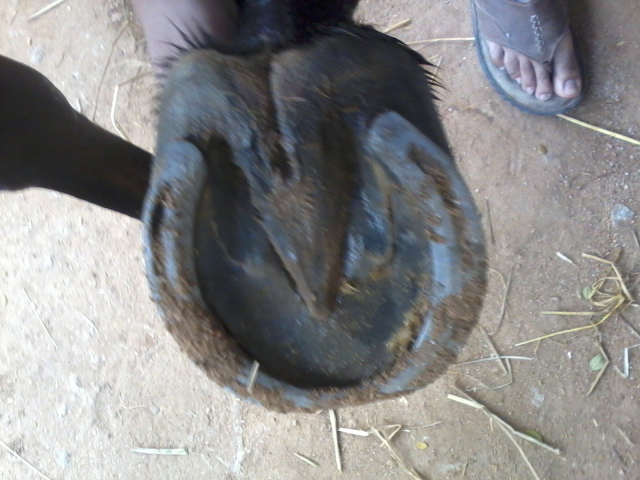 flat or concave sole
Question
flat feet or concaved
hello sir, may i
flat or concave sole
Question
flat feet or concaved
hello sir, may i
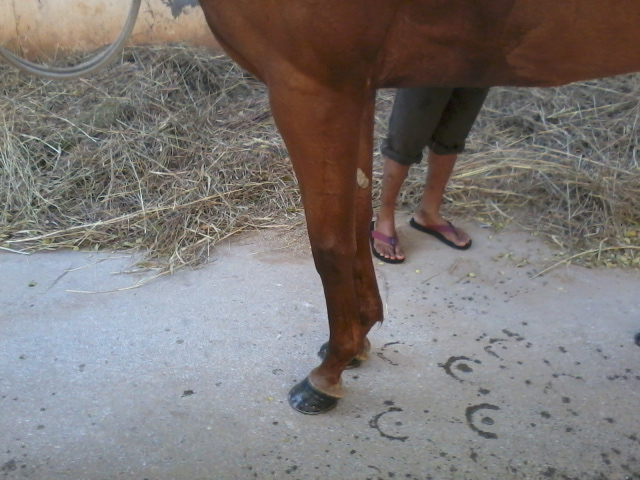 change of pastern angle unnecessarily
Question
horse
hello sir. i believe that this h
change of pastern angle unnecessarily
Question
horse
hello sir. i believe that this h
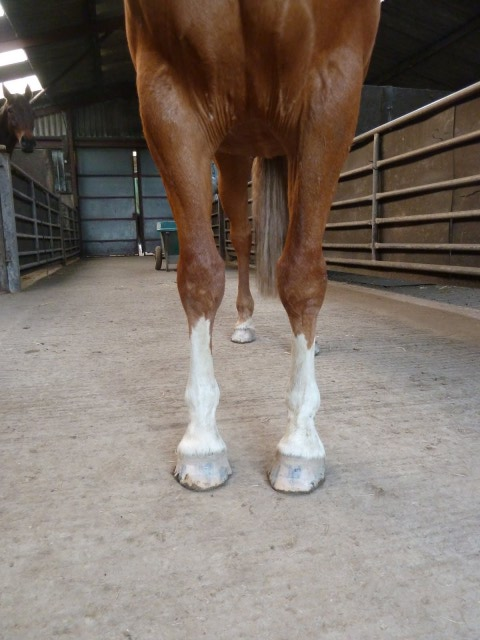 horse with flat feet with thin sole
Questionhorse with flat feet w
QUESTION: hello,
horse with flat feet with thin sole
Questionhorse with flat feet w
QUESTION: hello,
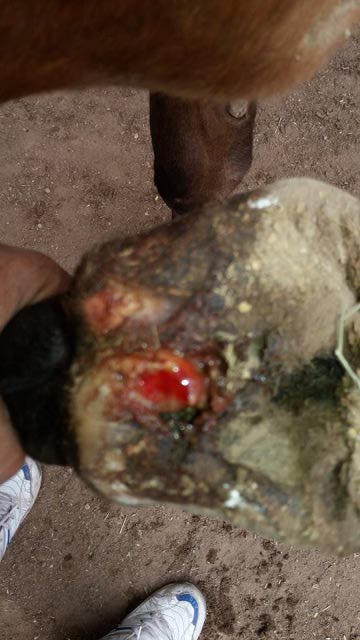 foal heel injury
Question
heel injury
Hello sir. I have a questio
foal heel injury
Question
heel injury
Hello sir. I have a questio
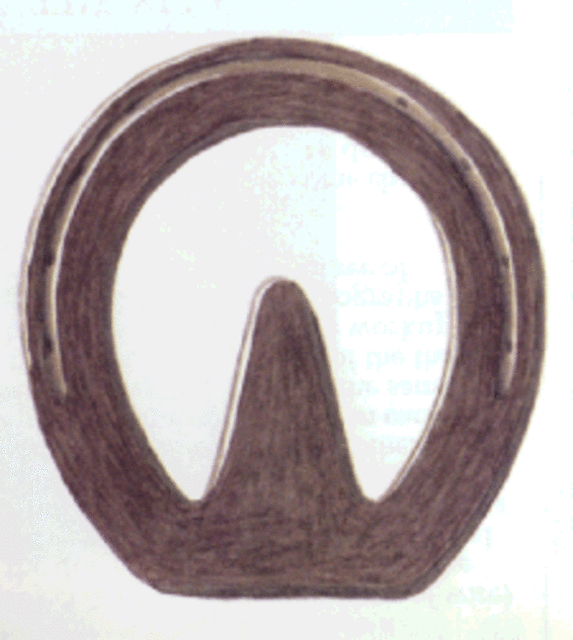 what shoe is this
Question
what shoe
hello sir, may i know the nam
what shoe is this
Question
what shoe
hello sir, may i know the nam